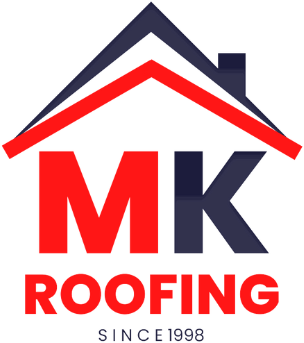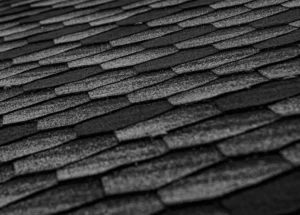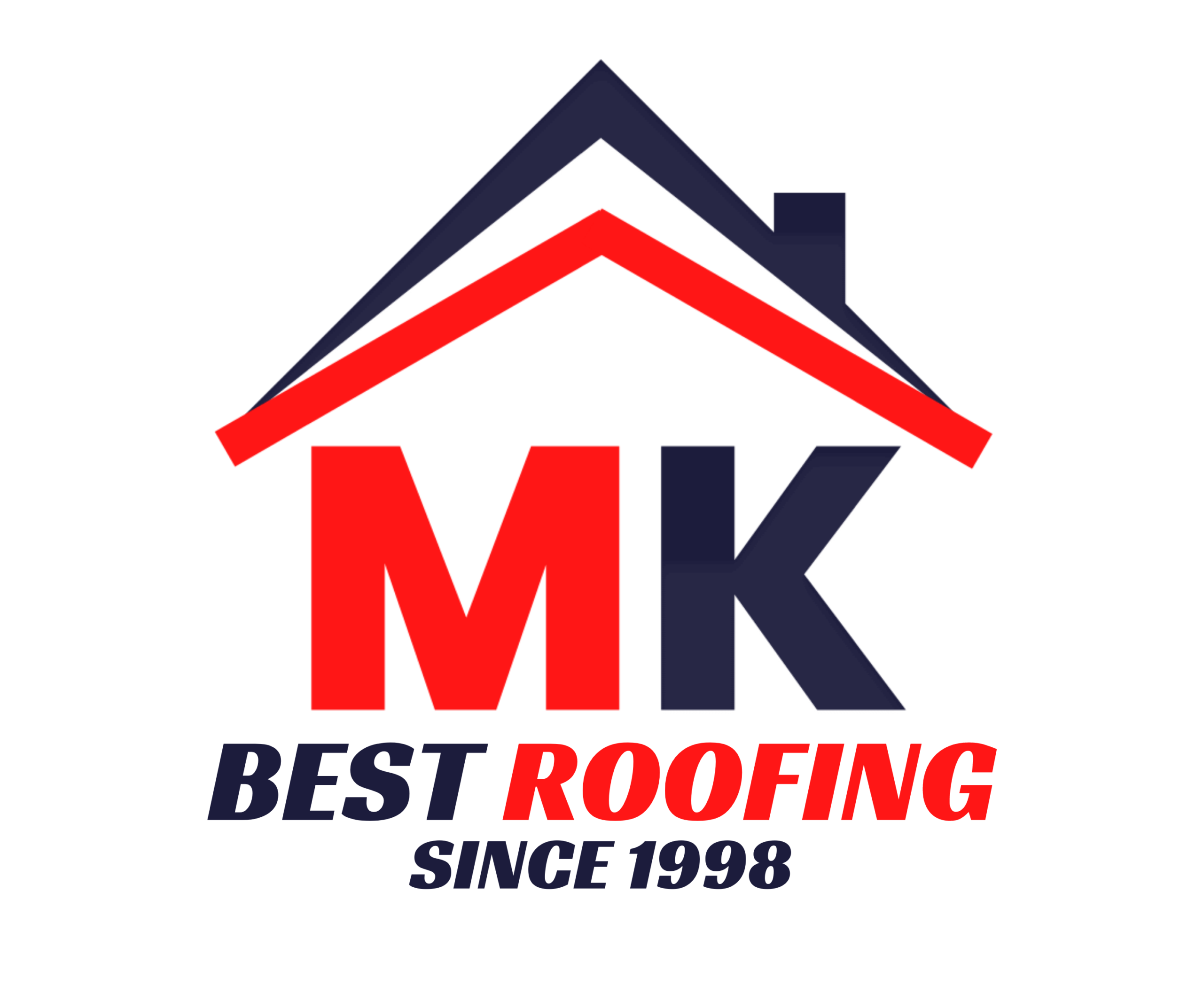Do you ever ponder over the impact of your home’s roof color on the temperature, ventilation, and energy utilization of your house? Although this feature has not been emphasized much, it is important to point out that it contributes greatly to the regulation of indoor comfort. The color of your roof more specifically determines the amount of solar energy that can either be reflected or absorbed thus determining the requirements of the home. For example, a reflective white roof that deflects 80% of sunlight can be 50°F cooler than a grey roof that reflects 20% on a bright summer day. Interesting, right? Well, let’s understand everything about roof colors and their impact on house temperature in detail!
Table of Contents
ToggleThe Science of Color and Temperature
All colors absorb and reflect light differently, and this absorption and reflection determines the ability of a surface to hold heat. This explains why wearing a black shirt on a hot day makes you feel hotter and sweat a lot as dark clothing absorbs more sunlight. Black color roofs absorb more sunlight as well, thus increasing the temperature of your house.
Another important concept when discussing the effects of roof color on temperature is solar reflectance, also known as albedo. Solar reflectance defines how much sunlight is reflected from the surface as opposed to being absorbed. A light-colored roof has a high solar reflectance which indicates that a big part of the solar energy received is not absorbed but reflected. This reduces the amount of heat that enters your home, helping to keep the interior cooler.
Impact of Roof Color on Home Temperature
The cool roofs or light-colored roofs tend to reflect more sunlight thereby minimizing the amount of heat flowing into the house. According to the Department of Energy, cool roofs can reflect and absorb less amount of heat and can decrease the temperature of the attic by as much as 50 degrees. Thus there will be no or little need for air conditioning, hence energy efficiency is increased.
On the other hand, roofs that are darker tend to attract more heat. In the case of buildings with a dark roof, the absorption of heat may result in elevated temperatures in the attic space thereby increasing the cooling requirements in air conditioning systems. This implies that to keep indoor spaces at comfortable temperatures, the air conditioner may need to consume larger amounts of energy.
To take advantage of using a roof that is light in color, homeowners can use light colored asphalt shingles and tiles, or they may even cover the roof with a coat of paint that is reflective and light in color. In this way, they can improve a roof’s capacity to reflect sunlight and limit the heat entering the house.
Quantifying Temperature Differences
Homes with dark roofs are about 10-15 degrees Fahrenheit hotter than homes with light roofs. As an example, a dark roof in a sunny environment could collect a large amount of heat, which moves into the house and elevates the internal temperature. Alternatively, homes with lighter colored roofs can keep the house cooler because the roof reflects sunlight and does not absorb a lot of heat.
This temperature difference can also alter the thermal comfort of your home. During the hot summer season, houses with dark-colored roofs will use more cooling, this will lead to higher utility bills. In contrast, houses with light-colored roofs will reduce the use of air conditioning as the roof helps in keeping the house cool.
Energy Savings with the Right Roof Color
Rooftops with light shades, for example white and light grey, reflect sunlight thereby reducing absorption and in turn lowering cooling costs in the summer months. Their reduction in the energy used to maintain such temperatures also eliminates additional electricity bills for running air conditioning systems.
Besides reducing cooling demand, the use of light-colored roofs also provides the benefit of increasing the durability of the roofing materials. Since such materials retain heat in moderation there is less material degradation thus decreasing the rates of replacement and maintenance.
There is also a cost saving element for the environment to use energy efficient roofing materials since the amount of energy consumed is minimized lowering the carbon footprint of a household. If the color of roofing materials is selected wisely, it will improve not only temperature maintenance and energy consumption but also satisfaction and efficiency.
Geographic Location and Roof Color Choices
Geographic consideration is a major factor that must not be overlooked while choosing a roofing material because different climates can greatly impact the performance of a roof color in maintaining comfortable indoor temperature. For instance, areas experiencing extremely hot climates would require a light roof color like white or light grey, as they would reflect more sunlight, hence keeping the homes cooler while minimizing the energy bills.
For the opposite situation where cold climates are present, black or dark brown roofs can be effective. These darker shades absorb more heat from the sun, allowing snow and ice to melt and the indoor temperature to be warm.
For areas that experience varying climate conditions, an ideal solution would be to use moderate colors, such as medium grey or brown, so that some heat can be dissipated in the summer while retaining some in winter.
Wrapping Up
In conclusion, the shade of your roof can impact the temperature of the home itself as well as its energy efficiency. In low-temperature regions, a black or dark brown roof can work wonders since it retains heat which lowers heating costs. On the other hand, for high-temperature regions, a white or pale grey roof can save energy costs by reflecting sunlight. The correct color of the roof according to your locality can lead to an increased comfort level for your home while also being energy efficient.
FAQs
What is solar reflectance, and why is it important?
Solar reflectance, or albedo, is a very important concept as it measures the amount of sunlight that is absorbed by a surface. It is especially important while choosing the roofing materials as a high solar reflectance means that a house would remain cooler, thus reducing the reliance on air conditioners and lowering energy bills.
How much can roof color affect energy bills?
Homeowners should take roof color into consideration as it tends to impact energy bills quite significantly. Roofing products that use light colors tend to help reduce cooling costs by almost 10-15% when contrasted with dark roofing that can lead to increased reliance on air conditioning and higher energy expenses.
What is the best roof color for hot climates?
If your house experiences a hot climate most days of the year, then light-colored or reflective roof colors, such as white or light gray, are the best roof color options. A cool colored roof can help deflect sunlight allowing for a reduction in the warm temperatures during the summer seasons and that is extremely beneficial in reducing air conditioning bills.
Are there any long-term benefits to choosing a reflective roof color?
Yes, a reflective roof color greatly helps in reducing long term cooling costs, therefore saving money while lowering the upfront bills. It can not only ensure comfort of the people while staying indoors but also ensure great durability, making it worth the investment.







